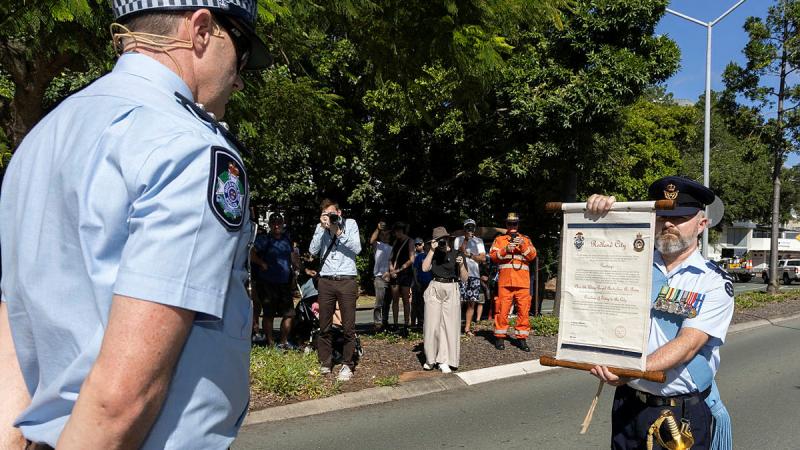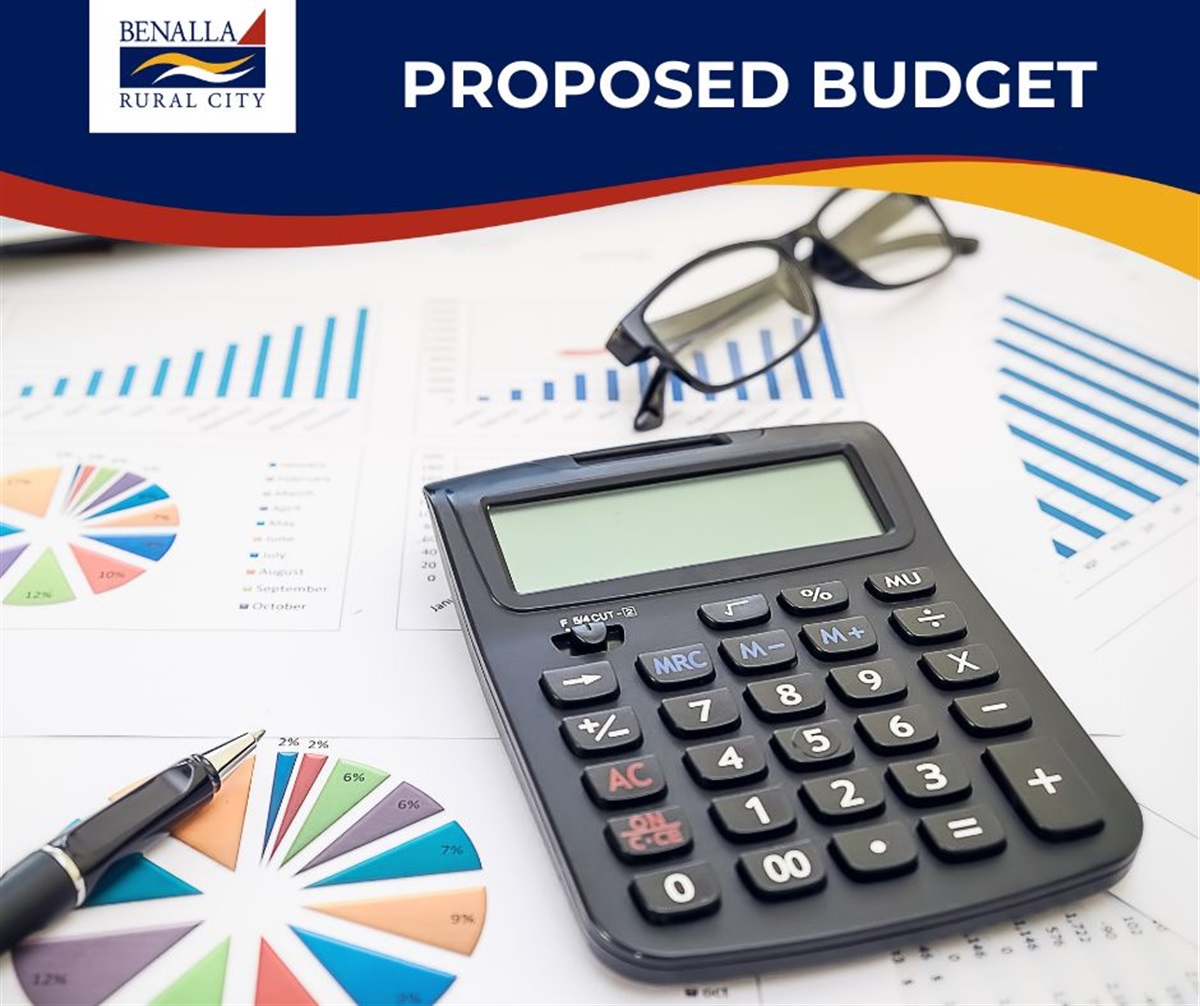Beneficial seasonal conditions have seen South Australian farmer confidence edge higher over the latest quarter, despite the challenges of easing commodity prices in some sectors and rising input costs across the board.
The latest Rabobank Rural Confidence Survey, released today, found a more positive outlook appeared to be returning to the sector after SA rural sentiment moved down into ‘negative territory’ in the previous quarter for the first time in two years – with more farmers expecting business conditions to decline than the number expecting conditions to improve. However the latest results show farmers are settling into business as usual as they reap the benefits of a wet spring.
Most SA farmers expected business conditions to improve or stay the same in the coming 12 months – with 19 per cent indicating an improvement (up from 16 per cent last quarter) and 49 per cent with a stable outlook (46 per cent last quarter). There was a fall in those expecting conditions would worsen (24 per cent, down from 29 per cent last quarter).
Rabobank regional manager for South Australia Roger Matthews said farmers had faced an unusual spring.
“Rather than the scattered rain events experienced across the state in recent years, this spring delivered prolonged, more widespread falls well into November,” he said.
“This extended season benefited grain crops. Typically harvest in SA would be well underway by the beginning of November but it’s up to a month behind in some areas.
“Many grain growers will be stepping off the header for Christmas dinner and then getting straight back in, with harvest anticipated to run well into the new year.
“It’s especially heartening to see conditions line up in the Mallee, where farmers have missed out on spring rain for the past few years. It’s fantastic to see some really great crops coming along.”
Mr Matthews said spring conditions have also been a boon for livestock producers – although moisture has heightened fly risk for sheep, the prolonged season will push good productive pasture growth well into summer.
“This will deliver a good body of grass for the pastoral zone right down to southern regions, giving producers feed to stay ahead of livestock for quite some time,” he said.
Despite the mixed bag of weather – ranging from mild conditions which minimised early frost risk but still delivered unseasonal dips in temperature into November, storms which caused crop damage, and ill-timed rain eroding hay quality – Mr Matthews said overall, the benefits have outweighed the negatives.
“On the whole, the rain has been beneficial in SA, unlike other states where it’s delivered flooding and damage.”
Last quarter, the threat of foot and mouth disease (FMD) was top of mind for producers, but the latest survey, completed last month, found biosecurity concerns have plummeted.
Nationally, only one per cent of farmers who expect the agricultural economy to worsen were concerned about FMD (down from 39 per cent in the previous quarter) – and none in South Australia.
The state’s livestock producers were more focused on markets – with the prospect of falling commodity prices and softening markets the most concern across sheep and beef sectors.
“While concerns about the immediate threat of FMD has dissipated, we did see an aberration this year,” Mr Matthews explained. “Normally, livestock prices remain high in winter, but they did come off a bit – probably because of the amount of concern around biosecurity risk, but then prices did jump back again. We’re coming off that high now, but that’s to be expected with the volume of product that hits the market at this time of year.”
Income and inputs
Farmers’ income expectations have shifted for the better, with 44 per cent of SA survey respondents expecting their income to increase over the next 12 months (up from 28 per cent last quarter), 34 per cent expecting income to remain the same (was 46 per cent) and 20 per cent expecting it to decrease (was 21 per cent).
Rising input costs remain a concern – especially for grain producers, dairy farmers and those with mixed (grain/livestock) enterprises – reflecting continued high prices for inputs such as fertiliser and fuel.
“While input prices continue to be front of mind, the correlation between input costs and grain prices are strong,” Mr Matthews said. “The good spring rains combined with strong commodity prices have really alleviated concerns around input prices.”
Investment
He said it was pleasing to see a broad undercurrent of confidence driving farmers’ plans to invest in or expand their enterprises, with 35 per cent of SA producers expecting their farm investments to increase (up from 24 per cent last quarter), and only eight per cent expecting to decrease their investment (down from 13 per cent).
When it comes to on-farm spending, SA farmers are directing capital towards investments which improve efficiency, such as fencing and laneways, reflecting labour shortages. New plant and machinery were also high on the shopping list for grain growers, as was increasing livestock numbers – especially for beef enterprises.
SA farmers are also looking to expand their enterprises – 69 per cent tipped their farm debt level would increase or stay the same, with 35 per cent earmarking new borrowings for property purchases.
“We’re on the back of three relatively good seasons, with simultaneously high prices and – at least up until the second half of 2022 – very low interest rates. All the ducks are lining up,” Mr Matthews said.
“Strong balance sheets and good cash returns have given farmers the confidence to take a long-term view and expand.
“While increased interest rates haven’t dampened farmer confidence, the depth of the market has tempered as a result – while prices aren’t decreasing, we are seeing less registered bidders at rural property auctions.”
A comprehensive monitor of outlook and sentiment in Australian rural industries, the Rabobank Rural Confidence Survey questions an average of 1000 primary producers across a wide range of commodities and geographical areas throughout Australia on a quarterly basis.
The most robust study of its type in Australia, the Rabobank Rural Confidence Survey has been conducted since 2000 by an independent research organisation. The next results are scheduled for release in March 2023.








